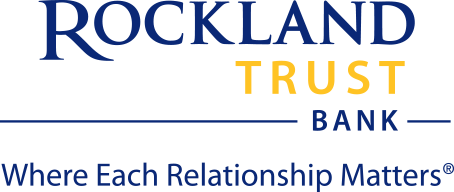
You may have heard that interest rates are changing. When the Federal Reserve decides to either raise or lower rates, it’s not cause for panic, but it can be a time to review your accounts. Mainly because these changes can impact credit cards, mortgages, home equity lines of credit, auto loans and even student loans.
While things like a quarter percent interest rate increase may seem minimal, it may have an impact if you have multiple adjustable-rate products or debt that is approaching a due date. The first thing you, as a consumer, should think about as rates start to fluctuate is what can you proactively do to protect yourself and your credit?
First, understanding interest rates, particularly short-term rates, and why rates matter is essential. The Federal Reserve may increase interest rates, primarily impacting short-term rates, and subsequently the cost of borrowing money, when the economy is strong. For example, a rising rate environment may make the cost of repaying any debt more expensive, while a lower rate environment may make a cost of repaying any debt less expensive.
Let’s take a look at two types of rates:
There are a few things you can do to prepare for interest rate changes in the future. For instance, here’s what to watch for if short-term rates begin to rise again:
By looking at the amount of debt you have and your current interest rates, you can determine how much you’ll be impacted by a short-term rate increase. With this knowledge in hand, you will be better prepared to research alternatives to protect yourself from the impact of rising rates on your wallet and bank account. Here are suggestions for where and how you can make adjustments:
Credit cards
Credit cards may be one of the easiest to fix if you find that your rate jumps. Research other low-interest rate cards or switch to a card that has a zero interest rate and make sure you find out if there is a fee for transferring your balance. Be sure to know when the zero interest rate period ends and what the rate will adjust to before transferring any balances.
Mortgages and Home Equity Lines of Credit
If you have a mortgage, it’s important to understand the structure of the loan - is it adjustable or fixed? For example, is it a five-year or 10-year fixed rate and then it converts to an adjustable rate? Determine your current rate, when it adjusts and the cost of refinancing your mortgage from an adjustable to a fixed-rate offer. You should also know:
Other loans/debt:
Similarly, if you have an excessive balance on your student loans or multiple credit cards with outstanding balances, it could make sense to consolidate those debts into a HELOC. HELOC rates are typically lower than credit cards, but the rate is adjustable. Again, the deciding factor should be the amount of monthly savings you will receive by consolidating and the cost of consolidation. A financial advisor could help you weigh the pros and cons.
While there’s no real way to know exactly how much rates will change, the most important thing to be aware of is what the current rate on your mortgage and other loans is, whether that rate is adjustable and how an increase in rates will impact your monthly bills. To determine whether it makes sense to switch from adjustable to fixed-rate loans, consult a Rockland Trust Bank advisor who understands your personal banking needs.
Get the latest financial tips and advice by signing up to receive our emails.
Rockland Trust Online Banking gives you a variety of services that help you use and manage your accounts, whenever and wherever you want.
* indicates a required field.
Rockland Trust makes it easy to manage all of your accounts with our simple online portals.
Rockland Trust gives you a variety of services that help you use and manage your accounts, whenever and wherever you want.
* indicates a required field.




